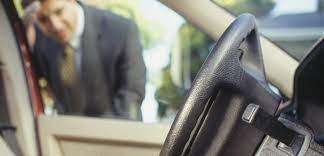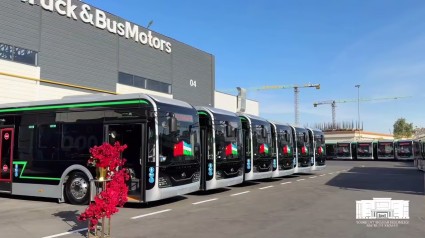It’s a scenario most people dread but many experience: the realisation that your car keys are inside the locked vehicle, just out of reach. Whether it happens during a busy day or late at night, it’s a situation that instantly disrupts your plans and raises questions about what to do next.
The feeling of helplessness often sets in quickly. As you peer through the window, spotting the keys sitting there as if taunting you, a mix of emotions can bubble up: frustration, embarrassment, and even panic. It’s easy to replay the moment in your mind, wondering how it happened. Was it an automatic lock system that engaged too quickly? Or was it a simple lapse in attention, a hurried moment when you stepped out of the car without thinking? The answer rarely matters in the moment; the focus shifts to regaining access.
For many, the first thought is to resolve the issue on their own. The car sits in plain sight, the keys visible through the glass. It seems simple enough. But modern vehicles often come with advanced locking mechanisms designed to prevent unauthorised entry. What was once a straightforward task of popping the lock with a coat hanger or slim jim has become a challenge of navigating sophisticated security systems. Attempting to bypass these measures can lead to damage, not to mention added costs and complications.
It’s not just the inconvenience that makes this situation difficult. There’s also the logistical side: being stuck without transportation can throw an entire day into chaos. Appointments, work commitments, and errands all hang in the balance. If the incident occurs away from home or in an unfamiliar area, the stress can multiply. Questions of safety and time come into play, especially if the environment feels unsafe or the weather is unfavourable.
Sometimes, the circumstances make the lockout feel even more ironic or unfair. Perhaps it’s a brand-new car with pristine locks that suddenly seem impenetrable. Maybe you’re on your way to an important event, dressed for success, and now stuck pacing next to your vehicle. The scenario often highlights how much we take access to our cars for granted—until it’s no longer available.
Adding to the challenge is the fact that many people don’t carry spare keys. It’s one of those things you don’t think about until it becomes a necessity. If a spare key exists, it’s often tucked away in a drawer at home or entrusted to a family member, far from the scene of the lockout. Without immediate access to a backup, the focus turns to external help, whether through professional services or contacting someone who can assist.
The sight of a locked car with the keys inside is oddly symbolic. It represents how modern conveniences can sometimes work against us. Car locks, designed to protect, suddenly become barriers. Keyless entry systems and automatic locking features, created for ease and security, turn into obstacles when the timing goes wrong.
As frustrating as the situation may be, it often serves as a learning experience. It’s a reminder of how small oversights can lead to bigger inconveniences. It’s also an opportunity to reflect on how reliant we are on our vehicles and how vulnerable we feel when that reliance is interrupted. While the immediate priority is resolving the lockout, the experience often leaves a lasting impression, prompting changes to routines or habits to prevent it from happening again.
Locking your keys inside the car isn’t an uncommon event, but it’s one that feels uniquely personal in the moment. The combination of frustration, urgency, and problem-solving makes it a situation that’s both challenging and memorable. And while the solution might eventually come—whether through external help or sheer ingenuity—the experience itself often becomes a story to share, a cautionary tale for others, and a reminder of how life’s little mishaps can catch us off guard.















